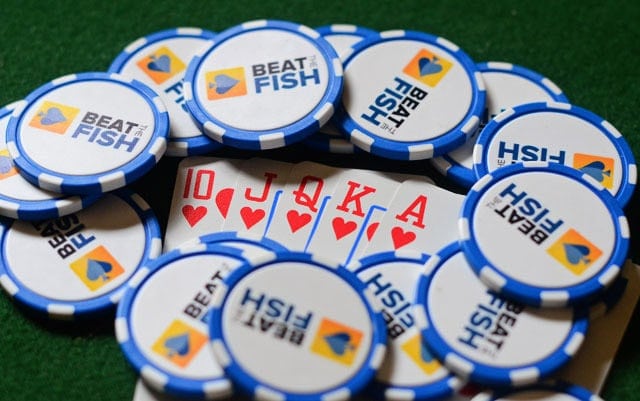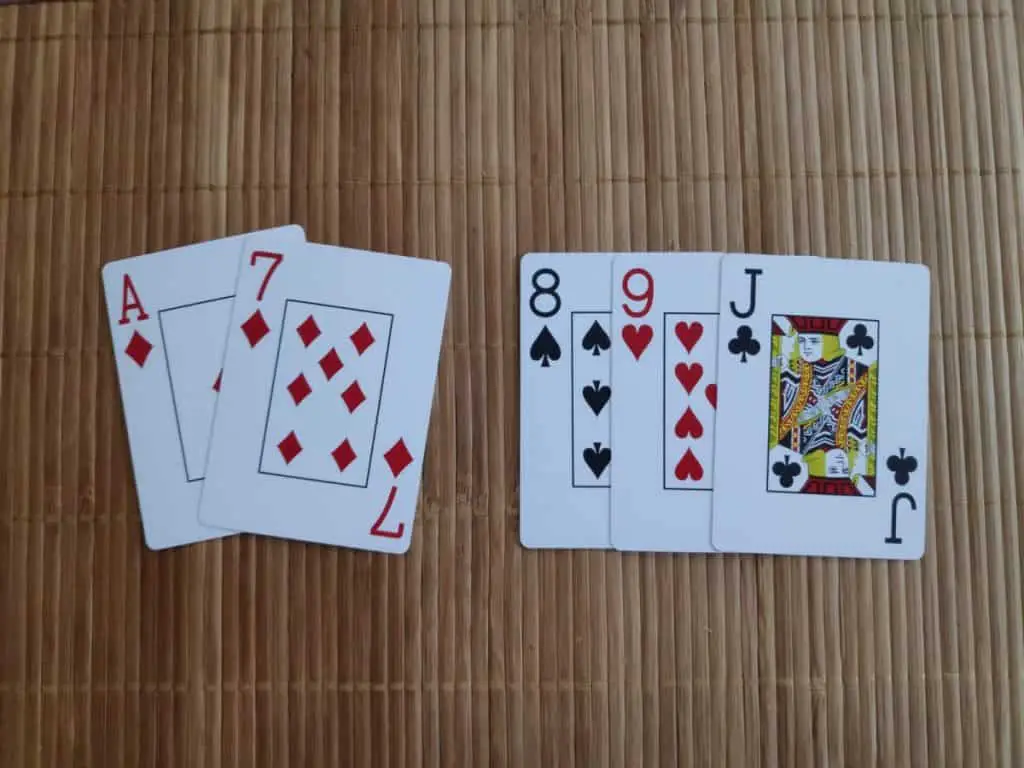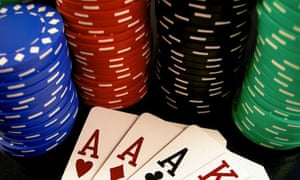May 04, 2012 To use the bluff catcher effectively you have to identify players who are doing this too much, and exploit them by calling with the hands they’re trying to make you fold. Against the right player, in the right situation, calling a river bet with ace-high will make you a fortune over your poker career. Poker pot odds take into account the number of “outs” you have (cards that can improve your hand) and relate them to the amount of money you have to call to see another card. This calculation is used to ultimately determine whether calling to “chase” your draw is a profitable play over the long run. So, when players ask the question. Jul 11, 2016 This is quite probably the worst mistake you could make in poker. Have you ever done anything like this? Let us know in the comments below. Come and play at.

Sometimes in no-limit hold'em, you just can't call. This situation arises most often in tournaments, especially in satellites, but theoretically could happen in final table situations as well.
Even in cash games there can be spots where, because of an all-in and a multi-way pot, there is a player who has put money in the middle who has zero bluffs. Then we also need to have zero bluff-catchers, but even if we do because of card removal we still might actually never be calling.
In some spots like this, we either call with nutted hands or fold. Keep this in mind as we go through the following hand — a real one, recently played online at the 100NL ($0.50/$1) six-max tables.
Five-Way Flop, Three to the River
Action began with the under-the-gun player raising to $2.33. The next one to act folded, but everyone else called. That made it five ways (!) to the flop.
Action checked around to the cutoff who bet $4.43, and three players called — everyone except the preflop raiser, in fact. The turn was the , putting a second flush draw on the board.
This time both blinds and the cutoff checked, then the button bet $14. The small blind folded, but the big blind and cutoff both called, pushing the pot just over $71.
The river was the , completing a possible backdoor flush. Meanwhile both K-J and J-8 have made a straight.
Let's review. Five players saw the flop, four saw the turn, and three saw the river. When we think about whether it is likely for someone to have a flush or a straight, we should not think about how often or seldom one of these three remaining players can. We need to consider the fourth player as well.
The Nuts Poker
Why? Because no one would ever fold the nut-flush draw on the turn. And probably no one would fold K-J.
Imagine if 20 players saw the turn and three saw the river. You could be practically be 100 percent certain that one of the three left made a flush on this river card. So similarly, there is a difference between (1) four seeing the turn, three seeing the river, and (2) three seeing the turn, three seeing the river.
At this point on this board, the big blind, who has been pretty quiet this entire time, open shoved all in for $80 (a little more than the pot). The cutoff player then decided not just to call this bet, but raised — not all in to $180, but a min-raise to $160.
The button — who, you'll remember, had been the aggressor on the turn — was left with a decision.
Almost Zero Bluffs, Nearly No Calls
In spots like this, the fact of the matter is someone is likely to have a flush. The cutoff is going to have a very hard time holding a hand that is both better than the big blind's and worse than the button's. The cutoff is committed to showdown against the big blind in a huge pot, so he needs a straight or a flush. Even strong sets here are precarious because of the particular action that has unfolded.
But with that river raise the cutoff is saying he wants to play for more. Say the cutoff has and thinks he is ahead of the big blind's shoving range, but wants to fold out a chop from the button (or even a small flush). Is he really getting the price to do so here? It would be a strong strong play to make, one that would basically require an utterly perfect read on the whole convoluted situation. How often is the button going to have exactly a small flush that might fold?

Now when it comes to the button, there is no more room to rebluff the cutoff who has just put in $160 with just $20 left behind. So holding the naked no longer has value for the button. If the button has without another diamond, he cannot have a hand that beats a single hand in either of his opponents' ranges.
But if he does not have the , he would be right to assume one of his opponents does.
In other words, the only way to put money in this pot now for the button is when he has the nuts — i.e., . The only chance for the button to be good with a low flush would seem to be if the big blind is making a sicko bluff with and the cutoff is getting even crazier with .
In other words, when the button has the nuts, he can call, and when he doesn't, he should fold. The times either player has the nuts or the in their hand, that means the button will have 'no-calling range.'
But is that not exploitable? Not really. In spots like this, when you need to hold the nuts to be certain your opponent cannot call, you cannot punish your opponent exploitably. You only get dealt the nuts so often and no matter how hard you pray to the poker gods, you cannot increase that frequency.
Results
The button did call on this occasion, and showed for a small flush. He was crushed, of course, by the cutoff's . Meanwhile the big blind went broke with a hand that should have been checked on the river (if not, folded on the turn) — .

If we read back through the action again, it should be clear to the button that he is almost never good — certainly not often enough to pay $160 for the bad news.
Nut Straight In Poker
Tags
cash game strategyno-limit hold’emonline pokerpostflop strategyrangesrange readingmulti-way potsmulti-way strategybluffingbluff-catchingRelated Room
Unibet Poker